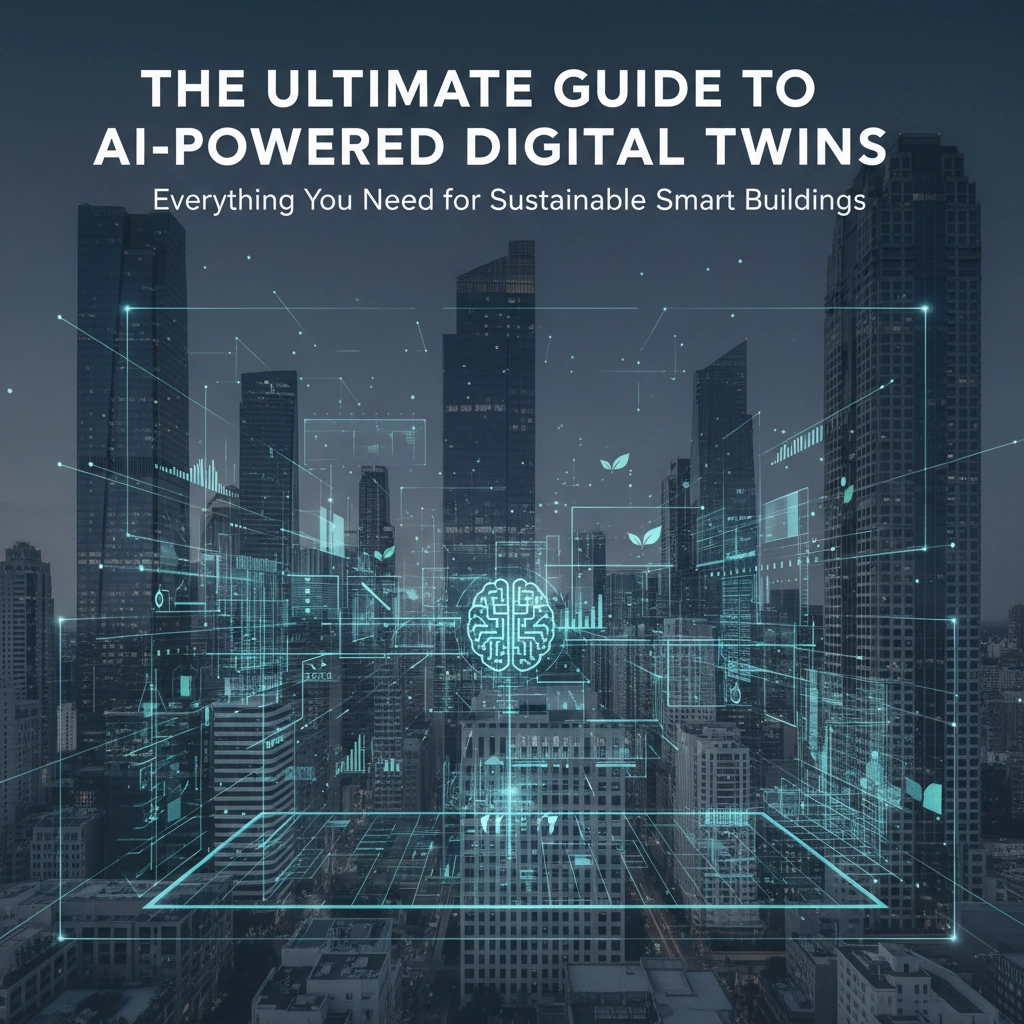The fusion of artificial intelligence and digital twin technology is revolutionizing how we design, operate, and optimize smart buildings for sustainability. This comprehensive guide explores everything you need to know about implementing AI-powered digital twins to create truly sustainable smart buildings that deliver measurable environmental and financial returns.
What Are AI-Powered Digital Twins?
AI-powered digital twins represent the next evolution in building management technology. These sophisticated systems create dynamic, data-rich virtual environments that mirror real-world building conditions in real-time. By integrating Internet of Things (IoT) sensors, machine learning algorithms, and predictive analytics, these digital replicas provide unprecedented insights into building performance, energy consumption, and operational efficiency.
Unlike traditional building management systems, AI-powered digital twins continuously learn from building operations, identifying patterns and optimizing performance automatically. This technology transforms static building data into actionable intelligence that drives sustainable outcomes.
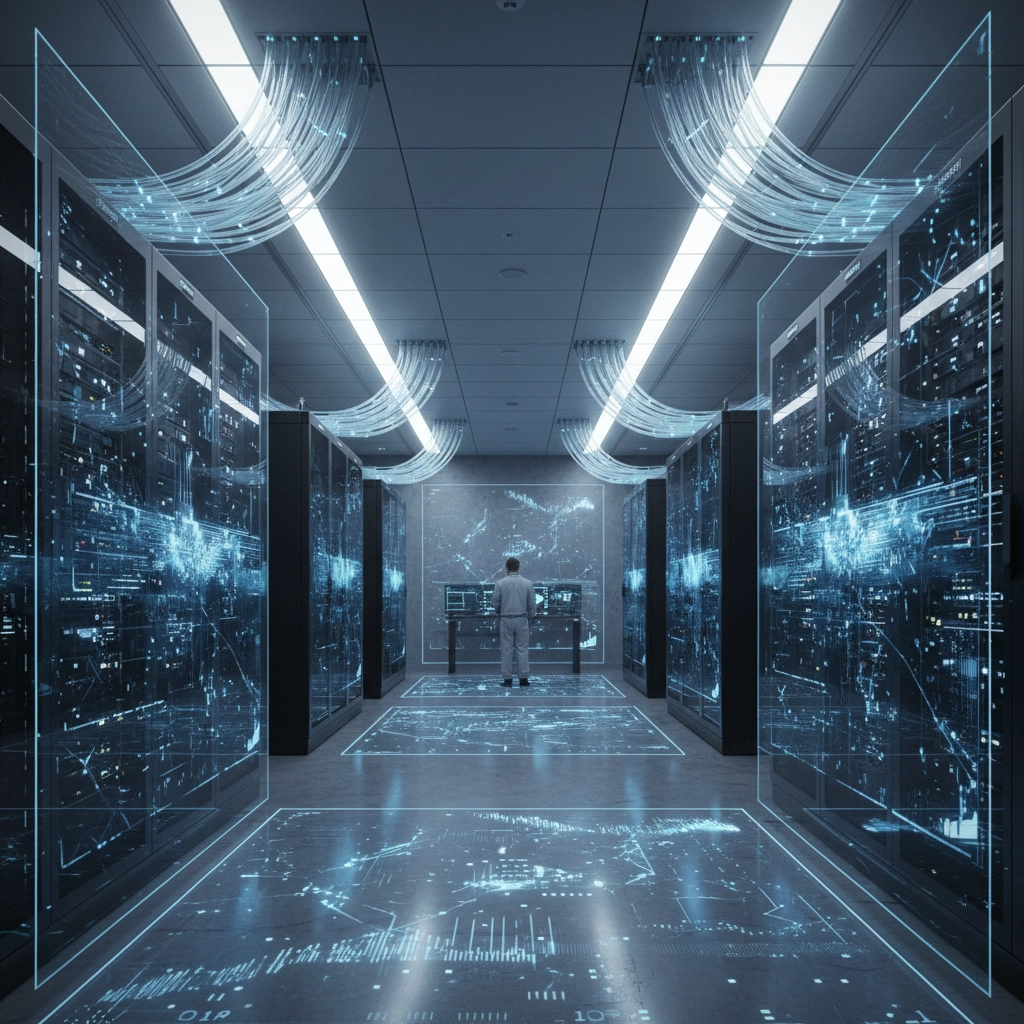
Core Technology Components
Real-Time Data Infrastructure
The foundation of any AI-powered digital twin lies in comprehensive data collection. IoT sensors embedded throughout building systems: HVAC components, lighting networks, energy meters, structural elements, and environmental monitors: create continuous data streams that feed the virtual replica.
This sensor network captures everything from temperature fluctuations and humidity levels to occupancy patterns and equipment vibrations. The result is a complete digital representation that accurately reflects building conditions at any given moment.
Advanced AI Analytics Engine
Machine learning algorithms process vast amounts of building data to detect inefficiencies, predict equipment failures, and recommend optimizations. These AI systems excel at identifying subtle patterns that human operators might miss, such as gradual performance degradation or unusual energy consumption spikes.
The analytics engine continuously refines its understanding of building behavior, becoming more accurate and effective over time. This self-improving capability makes AI-powered digital twins increasingly valuable as they mature.
Simulation and Scenario Testing
Virtual simulation capabilities allow facility managers to test different scenarios before implementing changes in the physical building. Want to see how adjusting HVAC settings affects energy consumption? The digital twin can run hundreds of simulations to identify optimal configurations without disrupting actual operations.
Sustainability Benefits That Matter
Dramatic Energy Efficiency Improvements
Buildings integrated with AI-powered digital twins consistently achieve energy efficiency gains of 15-25%. These systems enable comprehensive energy modeling that optimizes consumption across all building functions, from lighting and HVAC to elevator operations and security systems.
The technology's ability to aggregate data from smart meters, occupancy sensors, and weather forecasts creates highly accurate energy consumption models. These models identify specific opportunities for reduction that traditional building management approaches often overlook.
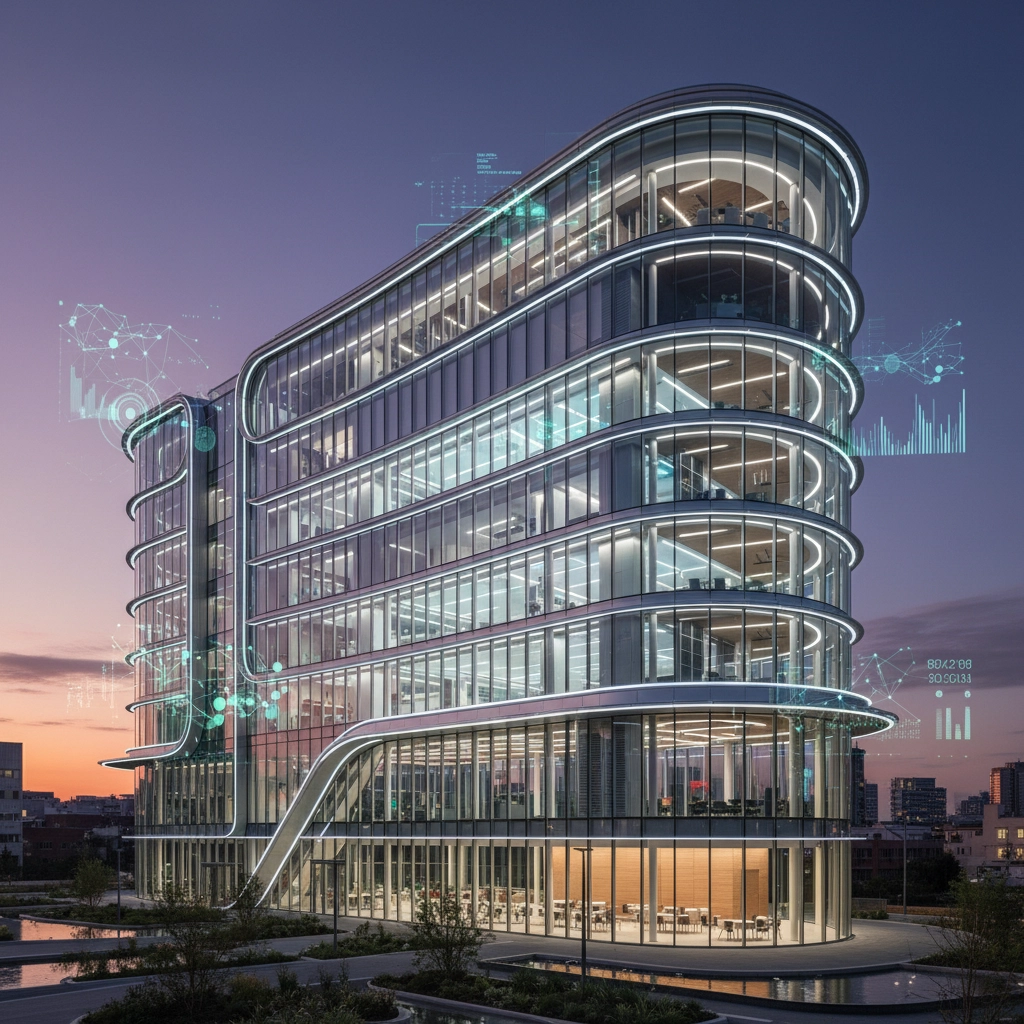
Carbon Footprint Reduction
Digital twins play a crucial role in building decarbonization by enabling data-driven decisions throughout the entire building lifecycle. From initial design through daily operations, these systems provide the insights needed to minimize environmental impact while maintaining occupant comfort and productivity.
The technology addresses one of sustainability's biggest challenges: ensuring that environmental initiatives are properly executed and continuously optimized based on real performance data rather than assumptions.
Water Conservation and Waste Reduction
Beyond energy optimization, AI-powered digital twins monitor water usage patterns, identify leaks before they become problems, and optimize waste management systems. These capabilities contribute to comprehensive sustainability strategies that address multiple environmental factors simultaneously.
Key Applications for Smart Buildings
Predictive Maintenance Revolution
Traditional reactive maintenance approaches waste resources and create unnecessary environmental impact. AI-powered digital twins transform maintenance from reactive to predictive, identifying potential equipment failures before they occur.
By continuously monitoring HVAC systems, electrical components, and structural elements, these systems detect subtle performance deviations that indicate approaching failures. Machine learning algorithms forecast exactly when maintenance is needed, allowing managers to schedule timely interventions that prevent costly breakdowns and extend equipment lifespan.
Implementation results speak for themselves: predictive maintenance powered by digital twins typically reduces maintenance costs by 20-35% while significantly improving equipment reliability and building performance.
Intelligent Space Optimization
Digital twins provide detailed insights into how building spaces are actually used versus how they're intended to be used. This data enables intelligent space optimization that improves both sustainability and occupant experience.
The technology monitors occupancy patterns, traffic flows, and space utilization to identify opportunities for more efficient layouts, better resource allocation, and improved energy distribution. These insights prove particularly valuable for mixed-use buildings with diverse occupancy requirements.
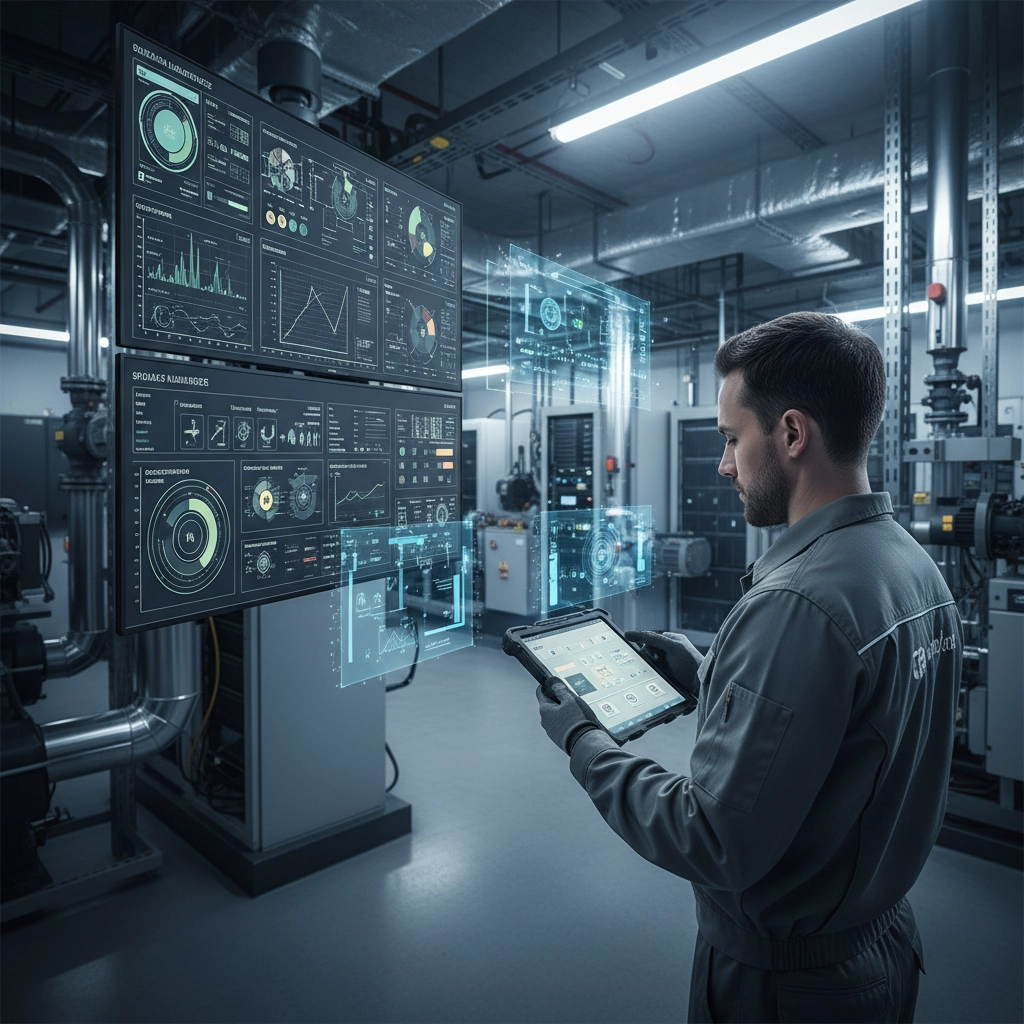
Dynamic Energy Management
Real-time energy management represents one of digital twins' most impactful applications. These systems continuously optimize energy consumption based on current conditions, occupancy patterns, weather forecasts, and utility pricing.
For example, the system might pre-cool a building during off-peak electricity hours when renewable energy is abundant, then reduce cooling loads during peak demand periods. This dynamic approach to energy management delivers both environmental and financial benefits without compromising occupant comfort.
Implementation Strategy and Best Practices
Infrastructure Assessment
Successful digital twin implementation begins with comprehensive infrastructure assessment. This evaluation identifies existing sensor networks, data collection capabilities, and system integration requirements. Understanding current capabilities helps determine what additional infrastructure is needed for effective digital twin deployment.
Many buildings already have significant IoT infrastructure in place but lack the integration and analytics capabilities to maximize its value. A thorough assessment reveals these opportunities and guides strategic implementation decisions.
Data Quality Foundation
High-quality data forms the foundation of effective AI-powered digital twins. Investing in calibrated sensors, reliable connectivity, and robust data collection processes ensures the digital twin accurately represents building performance.
Poor data quality leads to inaccurate predictions and suboptimal recommendations. Establishing strong data quality standards from the beginning prevents these issues and ensures long-term digital twin effectiveness.
Phased Deployment Approach
Starting with pilot projects focused on specific applications: such as HVAC optimization or predictive maintenance: allows organizations to validate return on investment before expanding to comprehensive building systems.
This phased approach provides valuable learning opportunities, helps refine implementation processes, and demonstrates tangible value that supports broader digital twin initiatives. Success in initial phases builds organizational confidence and expertise for larger-scale deployments.
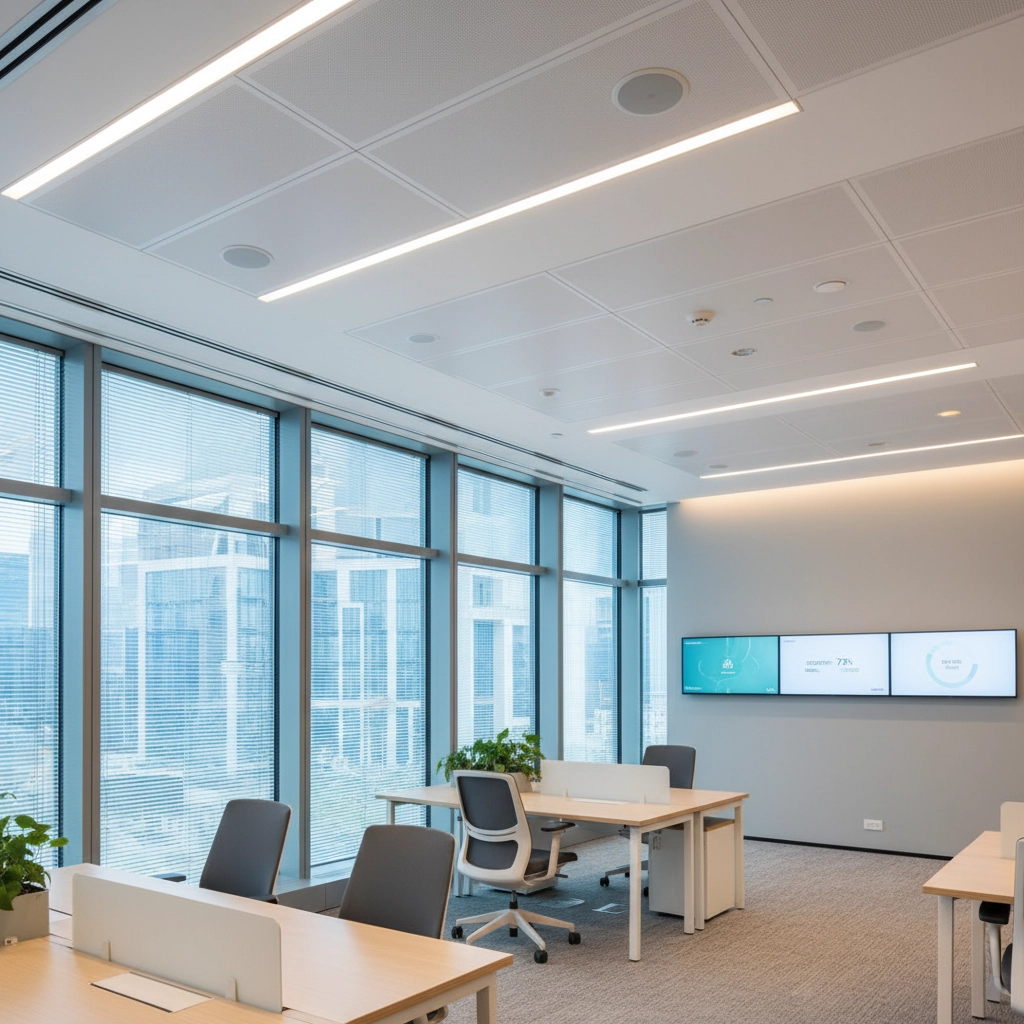
Overcoming Implementation Challenges
Integration Complexity
Integrating new digital twin technology with existing building systems can be complex, particularly in older buildings with legacy infrastructure. However, modern digital twin platforms are designed to work with diverse systems and can often leverage existing sensor networks and building management systems.
Working with experienced implementation partners who understand both the technology and building systems helps navigate these complexities and ensures smooth integration that minimizes disruption to building operations.
Skills and Expertise Development
Digital twin technology requires specialized knowledge that combines building systems expertise with data analytics capabilities. Organizations can address this challenge through training programs, partnerships with technology providers, and strategic hiring that brings necessary expertise in-house.
The investment in developing digital twin expertise pays long-term dividends as these skills become increasingly valuable for sustainable building operations and strategic facility management.
Future Outlook and Opportunities
The trajectory for AI-powered digital twins in sustainable smart buildings points toward even greater integration, sophistication, and impact. Emerging technologies like 5G connectivity, edge computing, and advanced AI algorithms will enhance real-time processing capabilities and enable more sophisticated optimization strategies.
Buildings equipped with mature digital twin systems demonstrate property value increases of 10-20%, while experiencing significantly fewer operational issues and maintenance problems. These benefits compound over time as the AI systems become more sophisticated and building operations become increasingly optimized.
Organizations implementing AI-powered digital twins today position themselves at the forefront of sustainable building management, gaining competitive advantages that will become increasingly important as environmental regulations tighten and sustainability requirements expand.
The era of truly intelligent, sustainable buildings has arrived. Digital twin technology provides the foundation for this transformation, offering unprecedented capabilities to optimize building performance while minimizing environmental impact and maximizing occupant satisfaction.
For organizations ready to embrace the future of sustainable smart buildings, AI-powered digital twins represent not just an opportunity: but an essential strategy for long-term success in an increasingly environmentally conscious world.
